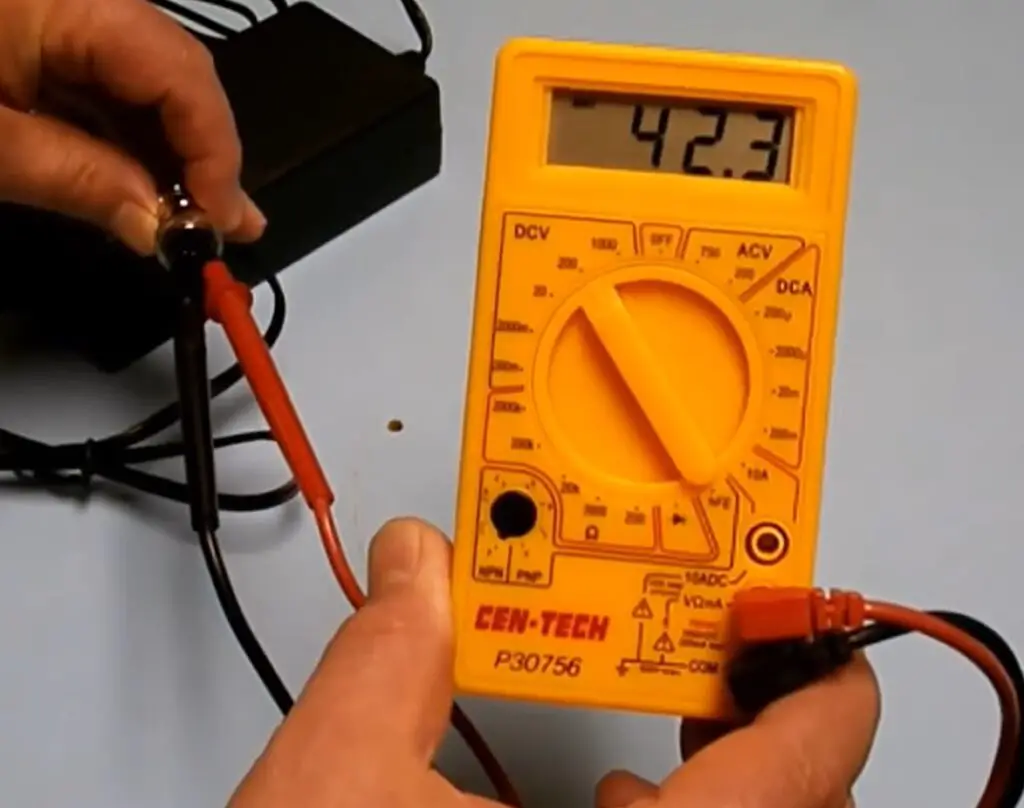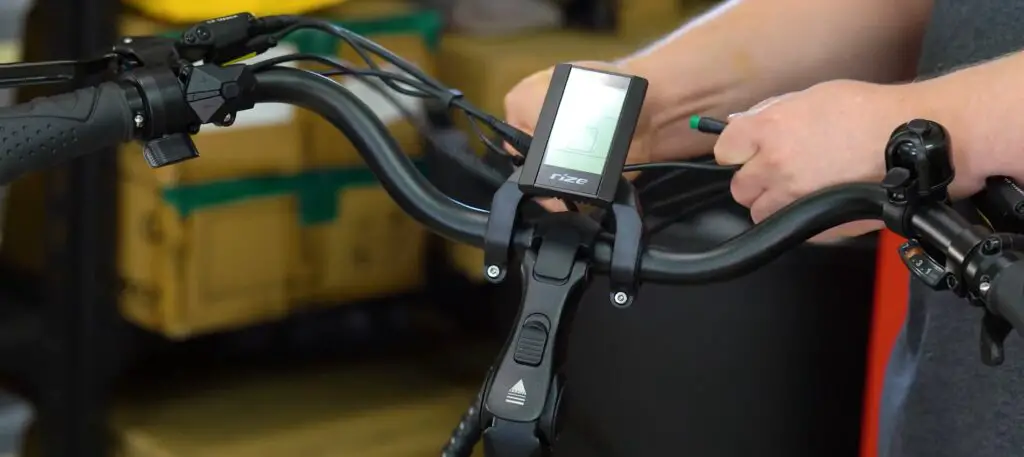This site is a participant in the Amazon Services LLC Associates Program. We are compensated for referring traffic and business to Amazon and other companies linked to on this site
The electric bike charger is an important piece, but at the same time there is not much information about it
The reason for this, from my point of view, is due to the long life span of the electric bicycle charger, which reaches up to10 years
The second reason is its relatively low cost
Therefore, in this post, I will try to make it a reference for all questions about electric bike chargers.
In order to cover all aspects of this topic, we will answer the following questions:
- How do I know if my ebike charger is bad?
- How to test ebike charger with multimeter?
- Why is my eBike charger stays green?
- is it worth it to repair an ebike charger ?
- Can I charge my e-bike with a different charger?
- Are chargers with fan much better?
How do I know if my ebike charger is bad?
The reason why Electric bike owners asked this question are mostly for two reasons:
either the charger does not work at all or they noticed that the charging period has become longer than usual.
In order to know whether the charger is good or bad, there are some signs that you can notice without opening the charger cover These signs are as follows:
Cuts in the wires: If you notice that there are cuts in the charger wire, whether it is on the side of the charging outlet or in any of the other parts of the wire, and the charger stops working, then you must weld the wire again
Bad smell: If you notice a bad smell coming out of the charger while charging, this indicates damage to some of the internal parts
Damage to the charging port: Sometimes, with prolonged use, an insulating material forms on the charging port, which leads to charging cessation
But if all of these signs are not present and you want to know whether the charger is good or bad, you should test it with a multimeter, which we will explain in the next part.
How to test ebike charger with multimeter?

In this part, we will need a multimeter and an electricity source of 120v or 220 volts, depending on your country, in order to complete the process of testing the electric bike charger
Testing Steps:
1-Connect the charger to the wall outlet.
2-Set the multimeter to DCV 200 or higher.
3-put the multimeter probs in the charging socket & check the ,multimeter readings
If the reading is 36 or higher, then the charger is working well, but if the reading is 20 or less, then the charger has a problem.
Why is my eBike charger stays green?
The charger stops working or the lamp stays on green due to two reasons
The first reason is that the charger is not connected to the electric bike battery, or if there is damage to the internal AC of the charger
On the other hand, there are some other factors that lead to the stability of the green light and the incompleteness of charging, including the presence of dust on the internal board of the charger, and there may also be a rise in the temperature of the charger, which leads to it stopping working.
Is it worth it to repair an ebike charger?
As we mentioned in the introduction to the post, the prices of electric bike chargers are relatively low, but does this mean that repairing the charger may be useless?
In fact, the answer here depends on two main points:
First, what is the quality of the damaged charger and is it the original charger or not?
What is the type of problem? Is it just cleaning or soldering wires or even changing the socket?
in fact, if you have the original charger and want to change it to another charger because of a minor problem (such as what I mentioned in the second point), you are raising the risk for nothing , because a copy chargers are made of bad materials and are not subject to any efficient tests, and therefore can cause damage to the battery.
To summarize this point: If you have a simple problem, it’s totally worth it to repair.
Can I charge my e-bike with a different charger?
In the next part, the questions will be about how to buy a new charger and how to choose a charger that is compatible with your electric bike battery .
Usually it is written on the back of each charger the maximum output & input , such as output 2.A, as well as the maximum support voltage.
The maximum voltage is calculated using this equation: Number of cells * 4.2v
For example, if you find that the charger supports 54.6 volts, this means that you have 13 internal cells in the battery
On the other hand, if you have a 48 volt, 10 amp battery
This means that if you use a 2 amp charger, you will charge this battery in about 5 hours (the battery ampere is divided by the charger ampere).
Based on the previous information, theoretically, the higher the amperage capacity of the charger, the shorter the battery charging time.
From a practical standpoint, it is preferable that the charger’s capacity not exceed 40% of the battery’s capacity.
Meaning that if you have a 10 amp battery, the maximum charge for the charger should not exceed 4 amps.
The reason for this is that the high flow of electric current causes heat, which leads to a reduction in the life span of the battery cells over time.
To sum up this point: Yes, you can charge your ebike with a different charger as long as its capacity does not exceed 40% of the battery ampere capacity.
Are chargers with fan much better?
We all want to get high performance from electrical appliances, and the idea of having a fan for cooling is a concept that has become essential in our world, but does this apply to chargers, in fact, no!
The reason for this is that in 90% of cases you will not need a charger that outputs a very high ampere while you are charging the electric bike, and therefore you will not need a fan for cooling
From my point of view, having a fan in the charger does more harm than good because it is a source of entry for dust, small insects, and water.
All of the previous reasons are considered a useless risk because you basically do not need it!
That is why it is always preferable to have a fan-less charger for your electric bike battery


